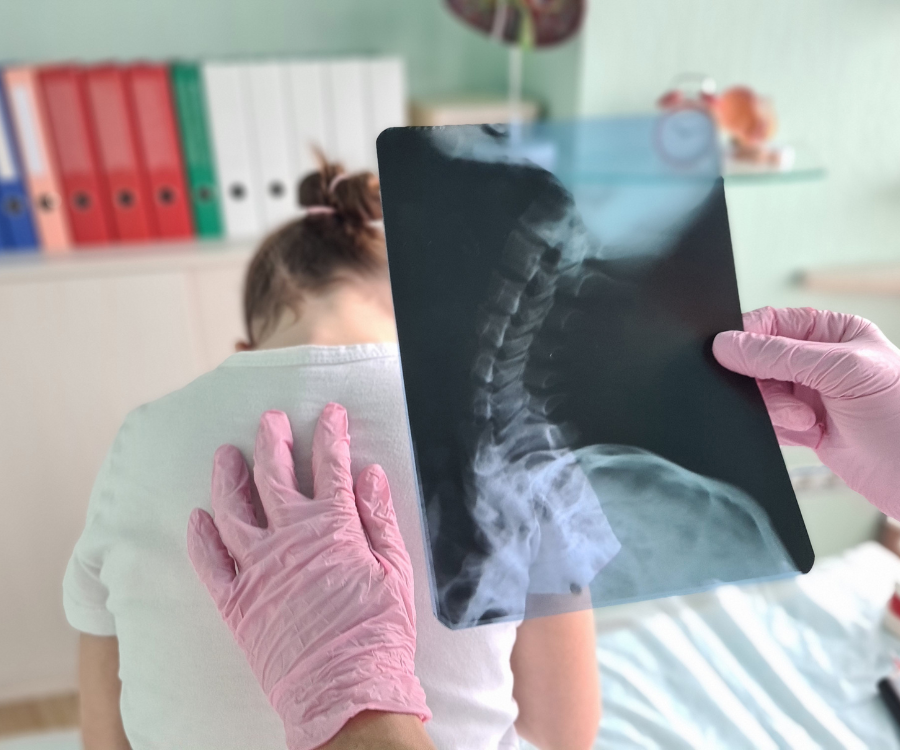As a parent, your child’s health and well-being are always the top priority. When a doctor recommends an X-ray for your little one, it’s natural to have questions and concerns, especially about radiation exposure. You’re not alone in wondering, “Are pediatric X-rays safe?”
The short answer is yes. While X-rays use a form of energy called ionizing radiation, which carries a small, statistically significant risk, doctors and hospitals take extensive precautions to ensure your child’s safety. Here’s a look at how medical professionals prioritize safety and what you, as a parent, can do to help.
Why Are Pediatric X-rays Needed?
X-rays are a quick, painless, and powerful tool for diagnosing and treating a variety of pediatric conditions. A doctor might order an X-ray to:
- Diagnose bone fractures: This is one of the most common reasons for a pediatric X-ray, especially after a fall or injury.
- Locate foreign objects: If a child has swallowed something, an X-ray can quickly pinpoint its location.
- Check for lung infections: A chest X-ray can help diagnose conditions like pneumonia.
- Identify other medical issues: X-rays can reveal problems like bowel obstructions, scoliosis, and certain congenital abnormalities.
The information from an X-ray can be crucial for an accurate diagnosis, preventing the need for more invasive procedures.
How Doctors Minimize Radiation Exposure
Medical professionals are well aware that children are more radiosensitive than adults. Their growing bodies and longer life expectancy mean that even a small dose of radiation requires careful consideration. That’s why pediatric radiology follows a strict principle known as ALARA: As Low As Reasonably Achievable.
Here’s how they put this principle into practice:
- Patient-Specific Dosing: X-ray equipment settings are adjusted based on a child’s size, age, and the specific area being imaged. A baby will receive a much lower dose than a teenager. This customized approach ensures a high-quality image with the absolute minimum amount of radiation.
- Targeted Imaging: The X-ray beam is carefully focused on the exact part of the body being examined. There’s no need to X-ray an entire leg for a suspected foot fracture.
- Shielding: Lead aprons, thyroid collars, and gonadal shields are used whenever possible to protect areas of the body not being imaged.
- Pediatric Specialists: Many hospitals have pediatric radiologists and technologists who are specially trained to work with children. They know how to calm a nervous child and use techniques that reduce the chance of a blurry image, which would require a repeat scan.
- Avoiding Duplication: Doctors and radiologists work together to avoid unnecessary duplicate exams. This often involves checking a patient’s medical history to see if a recent X-ray is already available.
What About Alternatives to X-rays?
Sometimes, an X-ray might not be the best tool for the job. For certain conditions, a doctor might recommend an alternative diagnostic imaging test that doesn’t use ionizing radiation. These can include:
- Ultrasound: Using sound waves to create images, ultrasounds are excellent for visualizing soft tissues, organs, and blood flow. They are a common alternative for diagnosing conditions like hip dysplasia in infants.
- MRI (Magnetic Resonance Imaging): An MRI uses a powerful magnetic field and radio waves to create detailed images of organs, soft tissues, and bones. It’s often used for head and spine injuries.
A doctor will always weigh the benefits and risks of each imaging method to choose the most appropriate and safest option for your child’s specific needs.
How Parents Can Help
Your role is just as important in the process. Here are a few tips to help your child and the medical team:
- Ask Questions: Don’t hesitate to ask your child’s doctor why an X-ray is necessary and if there are any alternatives. Understanding the “why” can ease your concerns.
- Prepare Your Child: Explain the procedure in simple, calming language. For younger children, you can compare the X-ray machine to a camera taking a picture.
- Help Them Stay Still: The key to a clear X-ray is holding still. For very young children, you may be asked to help them stay in position. You’ll be given a lead apron to wear for your own safety.
By working together with a caring and knowledgeable medical team, you can feel confident that your child is receiving the best and safest care possible.

No comment